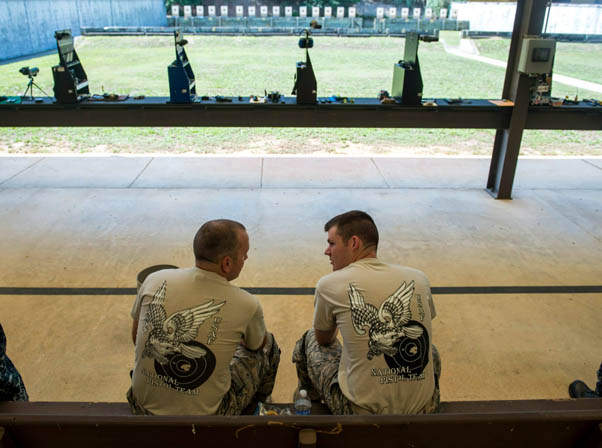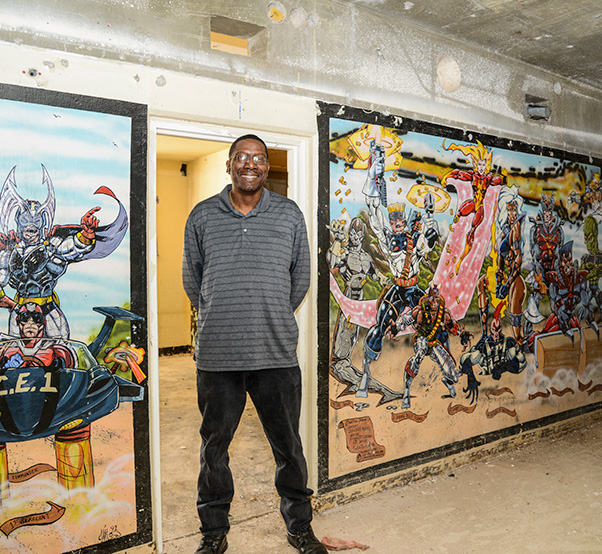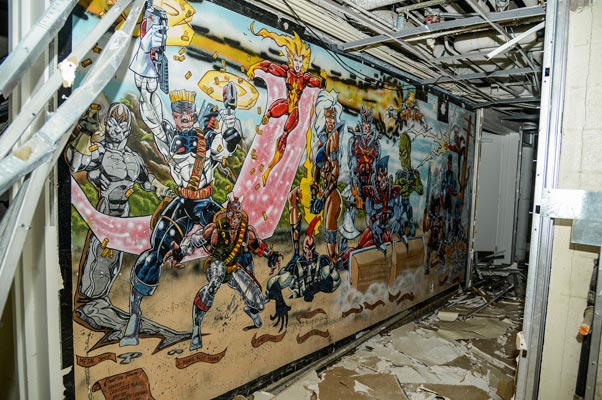DOVER AIR FORCE BASE, Del.— Tucker Sears grew up with his three older brothers in Graham, Texas, all of them learning how to shoot BB guns and eventually moving up to .22-caliber rifles.
This love of guns led to plenty of hunting trips with his brothers and grandfather, but when Tucker was 12, his oldest brother, Terrence, enlisted in the Air Force after graduating high school.
Fast-forward 10 years, and Tucker is now a newly minted second lieutenant after graduating from the U.S. Air Force Academy. He said he found opportunities to keep his firearms skills sharp.
“I was really fortunate and they had a range out there, and I was able to be a range safety officer,” Tucker said.
In his junior and senior years, he practiced frequently at the range with his own firearms, including a Smith & Wesson M&P 9, a Sig Sauer P938 and an AR-15.
Brothers, Teammates in Arms
In 2012, while Tucker was attending the academy, his brother Terrence, a soon-to-be technical sergeant, earned a spot on the Air Force National Pistol Team. Terrence became the NCO in charge of the team this year.
In March, Tucker was invited to attend a team training camp. The camp serves as an opportunity for potential team members to showcase their skills and see if they have what it takes to make the team. Following in the footsteps of his older brother, Tucker’s knowledge and ability earned him a much-coveted spot on the pistol team.
“A lot of it is your dedication to the team and to the sport,” he said. “We are limited in numbers, but for the most part if you show decent aptitude with shooting, the team will keep working with you and help you out in any way they can until you improve.”
Since members of the team are stationed across the country and still have their Air Force jobs to perform, practicing and training falls primarily on the shooters themselves. Weapons, parts, range fees and ammunition are paid for out of pocket by the competitors.
Staying Sharp
“Practice time is essentially all on our own so I try to get to the range for an hour or two after work when I can.” Tucker said. “The whole sport itself is about consistency so I try to lay out my magazines in the same spot every time, set up my gear the same way and go through the shot plan, even when I’m practicing.”
Although the competitors are responsible for a majority of the training cost associated with shooting, there are also other forms of training that keep the shooters a step above the rest.
“Strength training is a big part of training for the competitions,” Tucker said. “If you’re holding a three- or four-pound pistol straight out one-handed for a day, strength becomes a factor. The slightest bit of movement of your pistol while shooting at a target 50 yards away can send your bullet two to three inches off target.”
Teamwork, Success
Since making the team, Tucker has competed in two matches; the Annual Interservice Pistol Championships at Fort Benning, Georgia, where they took fifth place out of 13 teams, and at the NRA National Outdoor Rifle and Pistol Championships at Camp Perry, Ohio, where he competed on the Air Force’s Silver Team and took first place in the Sharpshooter Class.
Although Tucker found early success in his first two matches, he said just being on the team is enough.
“Before I got on the team, I would only get to see my brother maybe once or twice a year,” he said. “But this past summer I got to spend three weeks with him while we competed. It’s one of my favorite parts about being on the team.”
There is no question about who the better shooter is, Tucker added.
“I would certainly say my brother is better at this than me, for now,” Sears said. “We all want to beat each other, but at the same time we’re going to help each other because of the team aspect of the sport. It’s all about the friendly competition to make us all better.”





